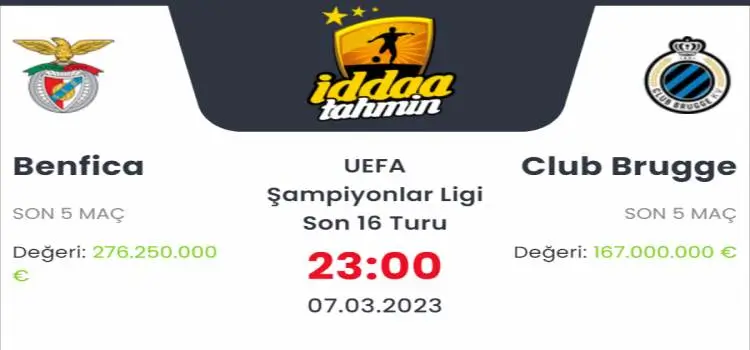In the capricious world of European football transfers, where financial fair play looms and competitive edges are bought and sold, Sport Lisboa e Benfica has once again demonstrated a masterclass in market navigation. This past summer, the Lisbon giants orchestrated a financial ballet exceeding €297.9 million in total movement. This wasn`t merely a busy period; it was a calculated overhaul, seeing a sweeping 39 players depart while a discerning selection of 9 new talents arrived. The astonishing result? A healthy net positive balance, proving that strategic asset management can indeed flourish amidst intense market volatility.
The Grand Exodus: A Calculated Clearing of the Decks
The turnstiles at the Estádio da Luz must have spun with unprecedented frequency. Benfica`s strategy involved an extensive clear-out, facilitating the departure of **39 players**. This wasn`t a panicked shedding of dead weight but rather a sophisticated program of divestment, ultimately generating a substantial **€161.1 million in revenue**.
The nature of these departures was as varied as the players themselves:
- 13 players transitioned with agreements for shared pass rights, a common, forward-looking tactic to ensure a slice of future transfer fees.
- 8 promising talents were loaned out, a pragmatic move to either accelerate their development or showcase their market value to potential suitors.
- 5 players reached the natural conclusion of their contracts, marking an orderly conclusion to their Benfica chapters.
- 3 contracts were mutually rescinded, likely freeing up both wage budget and squad space for the club`s evolving vision.
Among the more significant financial contributions from these departures, a substantial loan deal for a key midfielder, Kokçu, with a mandatory purchase option, is set to inject an impressive €30 million into the club`s accounts upon its completion. Similarly, another midfielder, Florentino, moved on an initial loan generating €2 million, with the potential to yield a further €24 million from Burnley by the 2025/26 season, illustrating Benfica`s proficiency in crafting long-term revenue streams. Beyond these, other sales of promising young talents and established squad members collectively contributed figures such as €22.5 million, €12 million, €10 million, and €7 million, underscoring the club`s consistent success in developing and monetizing player assets.
The Strategic Influx: Precision Over Volume
While the outgoing roster could populate an entire league, the influx of new blood was notably more selective. Benfica welcomed a precise complement of only 9 new players. This deliberate restraint highlights a “quality over quantity” philosophy, focusing on targeted reinforcements rather than a scattergun approach. This strategic investment came at a cumulative cost of €136.8 million.
The expenditure was judiciously distributed:
- A robust €94.8 million was spent on direct purchases, indicating a clear intent to acquire players capable of making an immediate impact.
- €9.7 million was allocated to various loan deals, a flexible strategy for integrating players who may require a probationary period or whose full acquisition aligns with future financial cycles.
- A significant €32.3 million was committed through mandatory purchase obligations, securing promising talents who, following initial loan periods, are destined to become permanent fixtures in the squad`s future.
These figures encompass significant future commitments, including a notable €27 million mandatory purchase for an exciting young attacking midfielder, Sudakov, following his initial loan spell. Another promising midfield talent, Barrenechea, also arrived with a €15 million purchase option, signaling Benfica`s unwavering commitment to investing in prospects with high potential, both on the field and in future resale value. This blend of securing immediate impact and cultivating future stars exemplifies Benfica`s often-imitated, rarely duplicated, business model.
The Financial Verdict: A Profit in a Pandemic of Spending
“In an era where many European clubs grapple with the complexities of financial fair play and often find themselves in the red after a bustling transfer window, Benfica`s ability to orchestrate such a high volume of transactions and emerge with a profit is, in a word, extraordinary. It speaks volumes of their organizational efficiency, their market acumen, and that enduring Benfica spirit.”
When the final numbers were tallied, the summer market revealed a triumphant outcome for Benfica: a compelling net positive balance of €24.3 million. This figure isn`t just a testament to shrewd financial management; it`s a strategic victory in an increasingly competitive and fiscally demanding football landscape. While rivals often splurge and then scramble, Benfica consistently demonstrates that a proactive, calculated approach to the transfer market can yield both sporting promise and financial prosperity.
This past summer was more than just a series of player movements; it was a testament to Benfica`s enduring philosophy of building, competing, and sustaining. They didn`t merely engage in the transfer market; they mastered it, setting a benchmark for clubs aspiring to combine on-field success with robust financial health. Other clubs, with their comparatively thinner ledgers, might do well to observe closely.









